Quirigua is an ancient Maya site in the Izabal department of Guatemala. A medium sized site along the lower Motagua river, with the ceremonial center, heart of the site about 1 km from the left bank of the river. The city's period of occupation seems to correspond to the length of the Maya Classic period. The site being occupied by 200 C.E., construction on the acropolis begun about 550 C.E., a great boom of grander construction beginning in the 700's with all construction evidently halting about 850 C.E.. Quirigua's boom in the 700's was no doubt tied to the military victory by Quirigua's king Cauac Sky (also known to the Ancient Maya as "Butz Tiliw" and "Kak Tiliw Chan Yo'at") over Copan in 738 C.E., when the most famous king from Copan, Uaxaclajuun Ub'aah K'awiil or "18-Rabbit", was defeated, captured and then sacrificed in the grand Plaza at Quirigu. Before this Quirigu was probably a vassal state of Copan, afterwards the situation was reversed. The amount of grand ceremonial architecture is perhaps rather small for a site of Quirigua's importance, but the site remains very impressive thanks largely to its wealth of sculpture, some of the finest of ancient Mesoamerica. This includes unusually huge stelae elaborately carved from single blocks of stone, the largest being 10 meters (35 feet) tall and weighing some 60,000 kg (65 tons), the Stela E, the largest of the Maya civilization. In addition to the tall vertical stelae, the site has a number of boulders elaborately sculpted into the forms of mythological animals; these sculptures are referred to as Zoomorphs. There are also various altars and sculptures used as decoration in the facades of buildings. As a whole, the artistry of the sculptures is not quite so good as the best found at Palenque and Copan; most Quirigu monuments have a grand formal monumentallity that is rather stiff compared to the naturalistic grace of the art of those other sites. A few Quirigua monuments, however, show exceptional artistry. Probably the finest of these are Stela D from 766 C.E. which has extravagant full-figure anthropomorphic versions of Maya hieroglyphics on one side, and Zoomorph P (which explorer Maudslay nicknamed The Great Turtle), from 736 C.E., which are masterpieces of Mesoamerican art. Stela C depicts the date 13.0.0.0.0 4 Ahaw 8 Kumk'u (August 13, 3114 B.C.E.), the beginning of the 5th Maya Era. The first visitor to publish an account of Quirigua was Frederick Catherwood in 1840 C.E. Due to adverse conditions he was only able to stay a short time at the ruins, but made drawings of two of the stelae which were published with a short account of Catherwood's visit in John Lloyd Stephens's book Incidents of Travel in Central America, Chiapas, and Yucatan. A longer account of the ruins was made in 1854 C.E. by Dr. Karl Scherzer. Alfred Maudslay set up camp at the ruins during 1881, 1882, and 1883, C.E. making a very thorough examination and photographic record of all visible monuments, making some minor excavations, and making paper and plaster molds of all the hieroglyphic inscriptions and principle sculptures; these molds were then shipped to the British Museum. Maudslay made a return visit to Quirigua in 1894 C.E..
In 1910 the United Fruit Company bought Quirigua and all the land a large distance around for banana production; they set aside 30 acres including and around the ruins as an archaeological zone. More archaeological work was done 1910 - 1914 C.E. by Edgar Lee Hewitt for the School of American Research at Santa Fe. Duplicates of the stelae of Quirigua made from Hewitt's plaster casts of the originals were exhibited at the Panama-California Exposition in San Diego, California in 1915 C.E.. The Carnegie Institution conducted several intermittent projects here from 1915 through 1934. Sir Aldous Huxley, who passed this way in the 1930s C.E., aptly noted that Quirigua's stelae and monuments commemorate "Human triumph over time and matter and the triumph of time and matter over man".
From 1975 through 1980 C.E. an extensive archaeological project was conducted at Quirigua sponsored by the University of Pennsylvania, the National Geographic Society, and the government of Guatemala.
Quirigua is a UNESCO World Heritage Site, and its monolith is depicted in the 10 centavos coin.

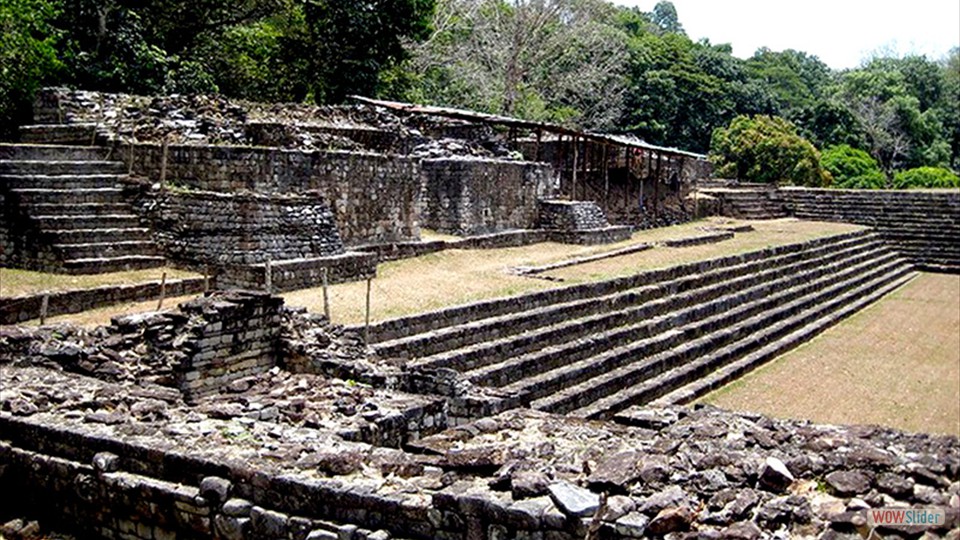
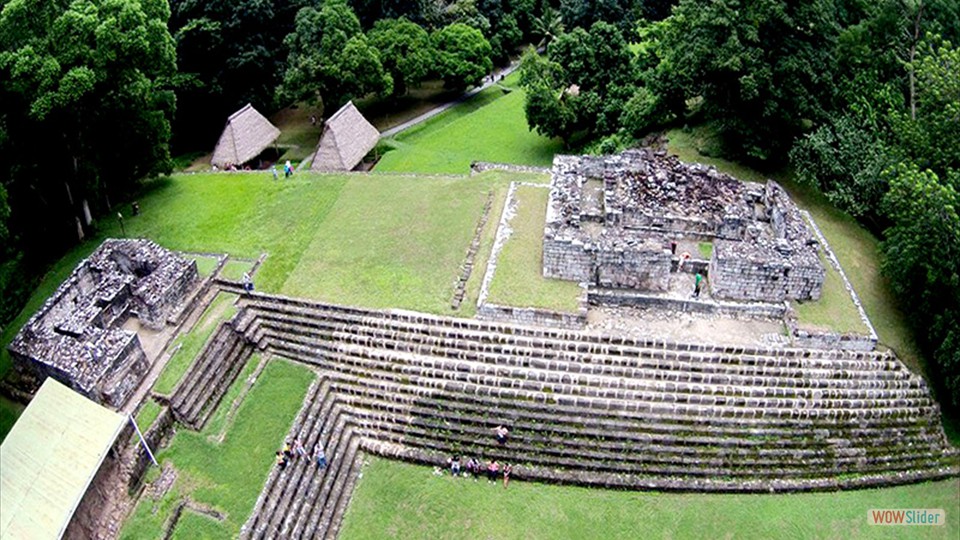
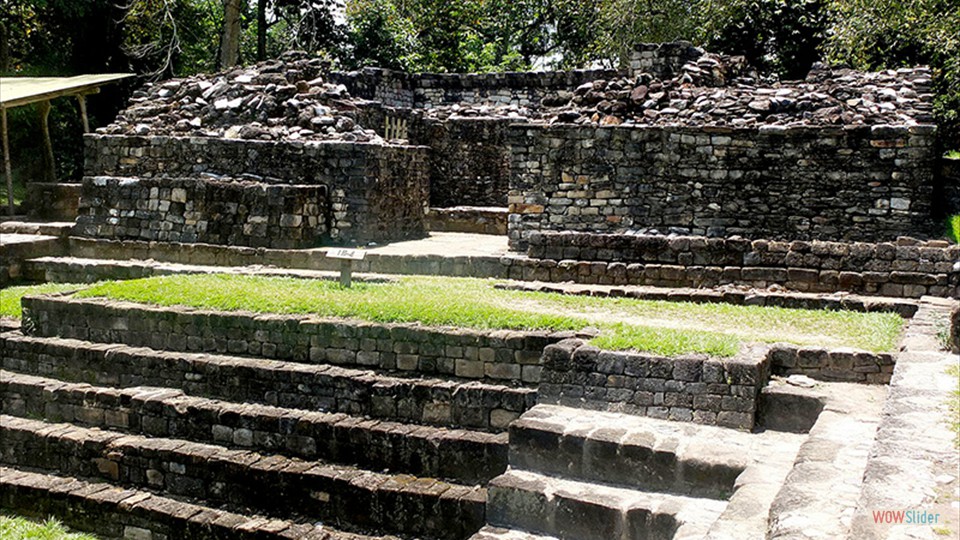
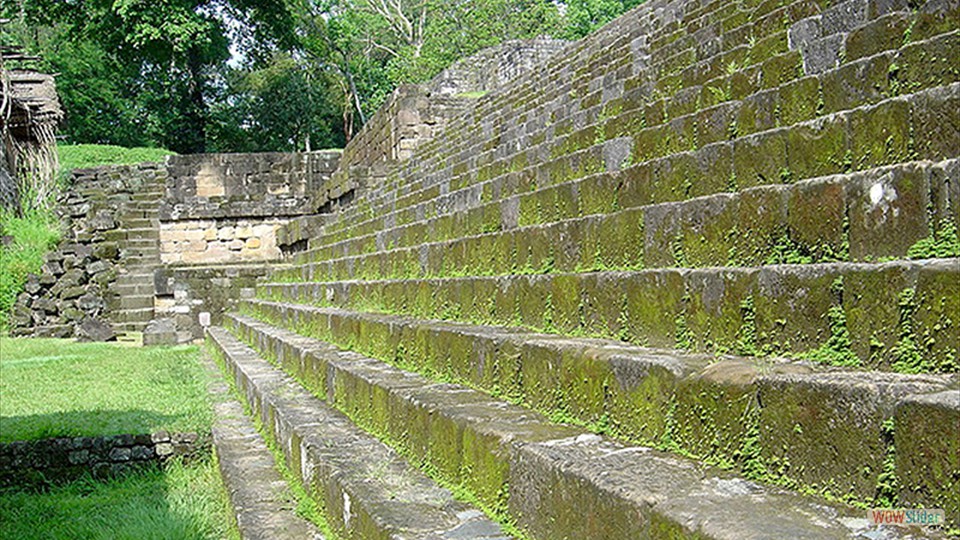
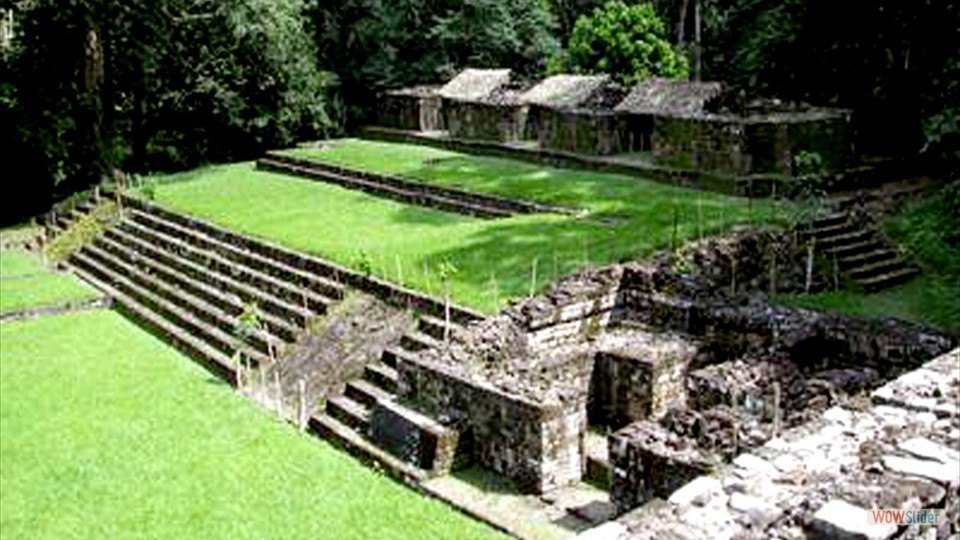
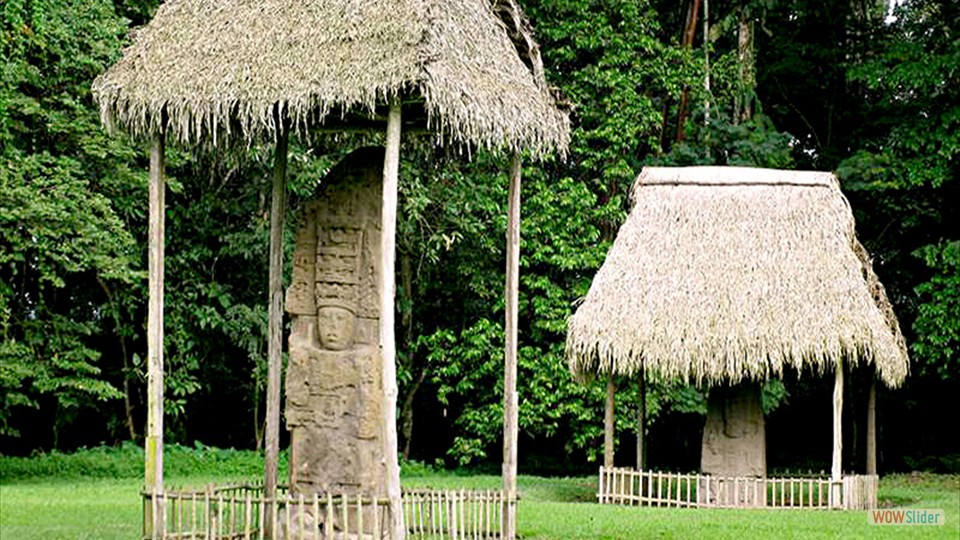
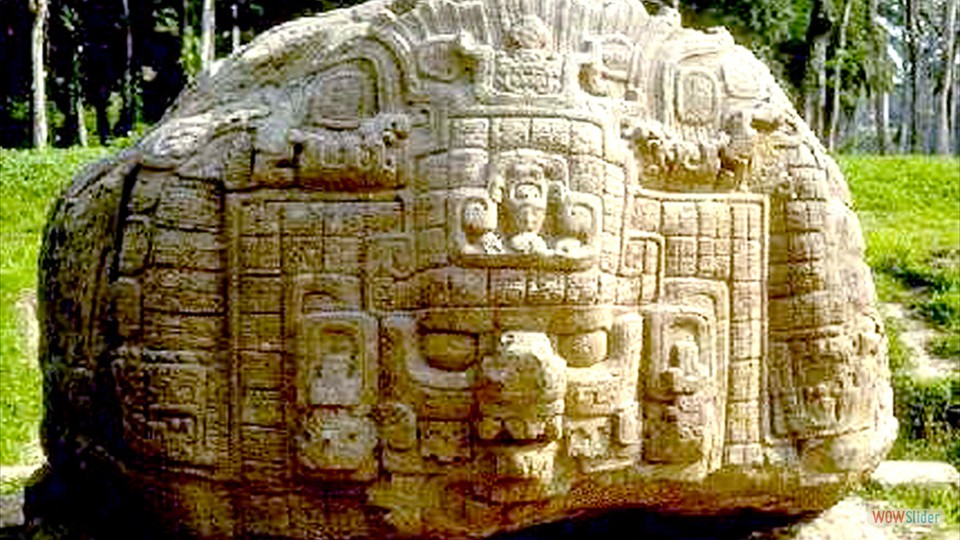
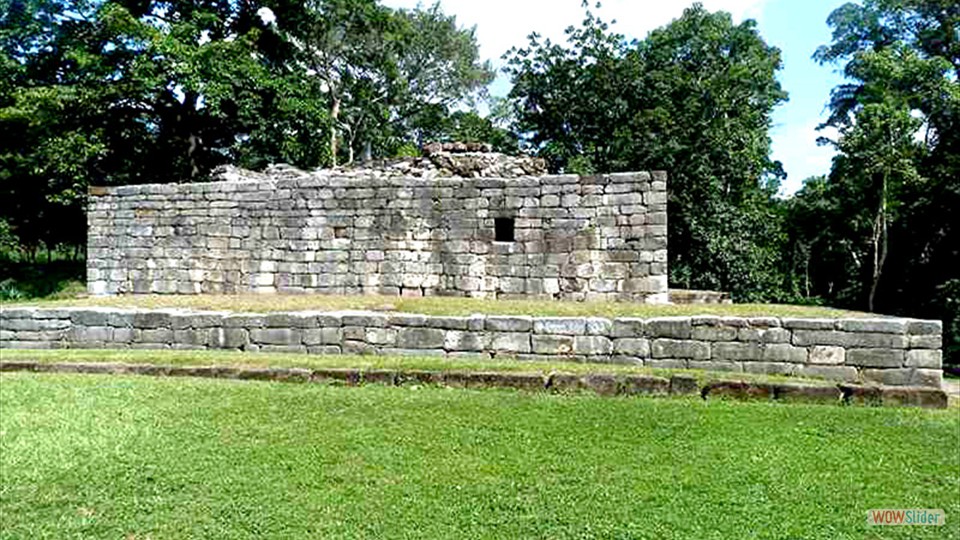
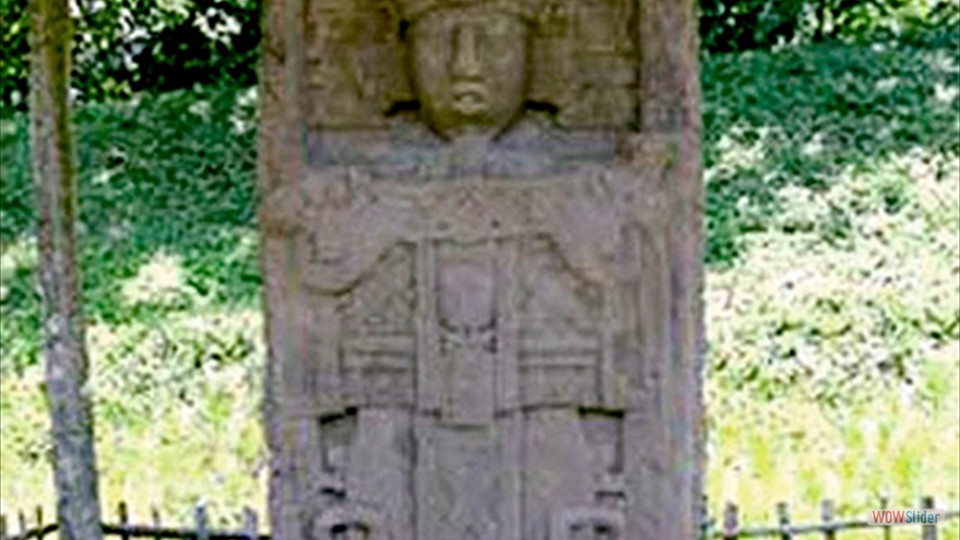
 1
1 2
2 3
3 4
4 5
5 6
6 7
7 8
8 9
9